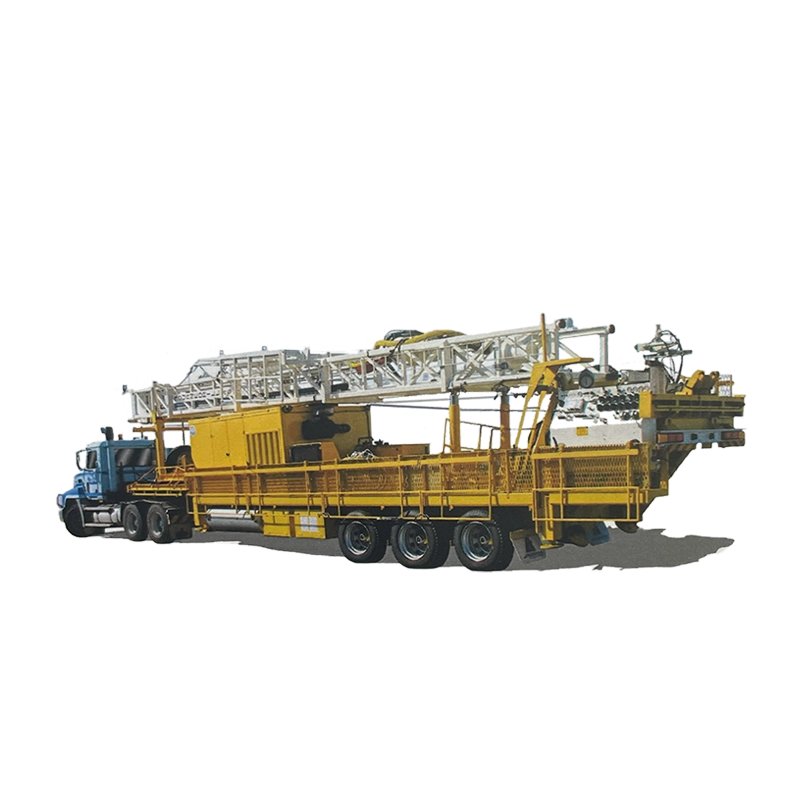An oil drilling rig is a complex structure used to extract petroleum from beneath the Earth’s surface.These rigs play a crucial role in the oil and gas industry, as they are responsible for drilling wells into the ground to reach oil and gas reserves.They come in various types and sizes depending on the environment in which they operate, such as offshore platforms, land rigs, and mobile rigs.
Oil drilling rigs are composed of several key components, including the drill bit, the derrick, the drill pipe, and the mud system.The drill bit is responsible for cutting through the Earth’s layers, while the derrick supports the drilling apparatus and provides stability.The drill pipe is the hollow tube that transmits the drilling fluid (also called mud) and connects the drill bit to the surface. The mud system is essential for cooling the drill bit, carrying rock cuttings to the surface, and maintaining pressure during the drilling process.
Offshore oil rigs are typically located in oceans or seas and are often built on massive platforms or floating vessels.These rigs are equipped to withstand harsh weather conditions and deep water pressures.On the other hand, land-based rigs are used for drilling in onshore locations and can be moved from one drilling site to another, making them versatile in different environments.

The drilling process involves multiple stages.First, the rig drills a hole into the earth, using a rotating drill bit to break through rock layers.As the drilling advances, drilling mud is pumped into the hole to cool the drill bit and bring rock cuttings to the surface.Once a well reaches the desired depth, casing is inserted to prevent the walls from collapsing and to allow for the safe extraction of oil or gas.
While drilling rigs are essential for resource extraction, they also raise environmental concerns. The risk of oil spills, habitat disruption, and water contamination is a significant challenge for both land and offshore rigs. As a result, companies are continually working on improving safety measures and adopting new technologies to reduce environmental impact.
In conclusion, oil drilling rigs are pivotal to the global energy supply, but they must be operated responsibly to ensure the protection of the environment.Technological advancements and strict regulations help mitigate the environmental risks associated with drilling, making it a necessary yet careful process in today’s world.